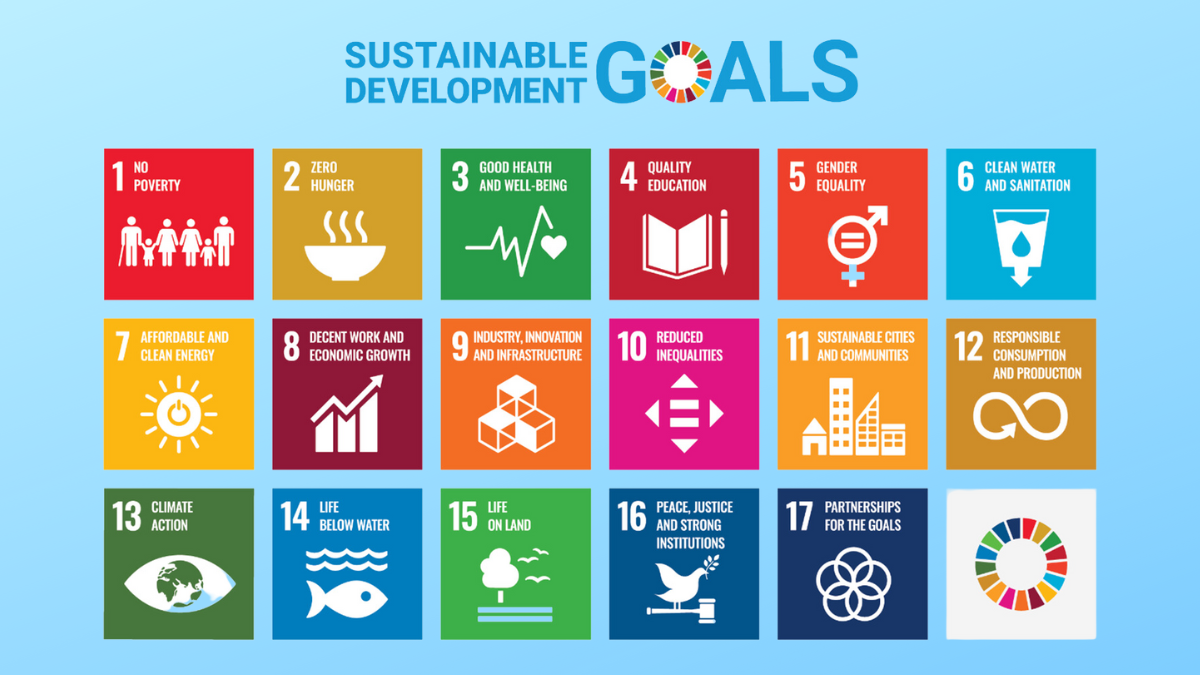What part does data play in the consideration of ESG issues when investing in managed funds? What are some key aspects to be aware of regarding ESG data? Is it Active, Passive or ETF?
What are the Sustainable Development Goals? What are the investment merits of the SDGs?
Passive vehicles now abound and are easily accessible through various investing platforms. Not all passive strategies are created equally however, and investors need to be cognisant of how any differences may affect investment outcomes. In practice, the average passive investor may indeed be making active investment decisions.
What are the Principles for Responsible Investment? What are the investment merits of PRI?
Which documents will explain what responsible investing approach a Fund Manager applies?
There are many different approaches to responsible investing, some approaches are more proactive and pragmatic than others. Multiple approaches could be used within the same managed fund. The underlying considerations across all approaches are environmental, social and governance factors.
The roots of responsible investing arose from negatively screened investments at religious organisations. Social issues through the 60s and 70s started to influence how investment decisions were being made. Financial markets, the real economy and broader society are all interdependent. An efficient financial market should reflect the real economy and broader society over the long run, thus ESG issues should impact the ongoing concern of companies.
Responsible investment, socially responsible investing, sustainable investing, ethical investing, green investing, and ESG. What are the differences between these investment terms? How long has responsible investing even been around?
The views of the Research IP team on responsible investing, impact, the 17 Sustainable Development Goals (SDGs), Environmental, Social and Governance (ESG) considerations and the United Nations Principles for Responsible Investment (UN PRI).
Responsible investment, socially responsible investing, sustainable investing, ethical investing, green investing, and ESG. What are the differences between these investment terms? How long has responsible investing even been around?










